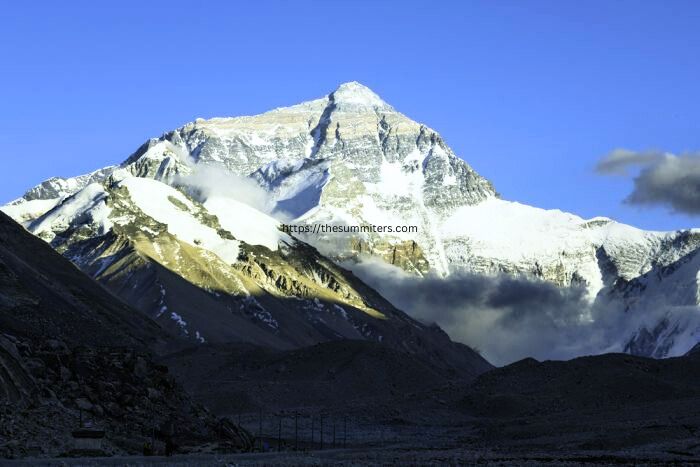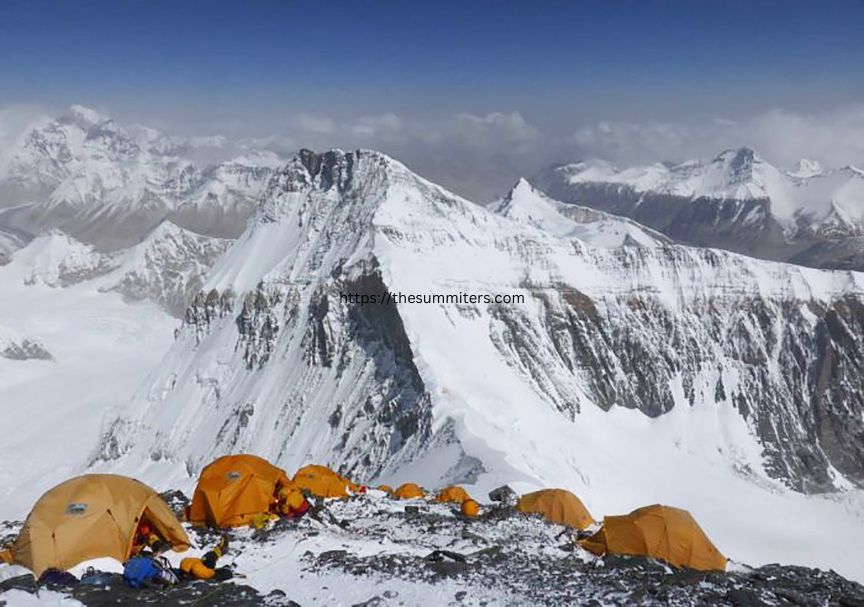Everest North Side Welcomes Climbers Back in 2024
After a hiatus, the North Side of Everest is set to reopen this spring, marking the return of international teams. However, don’t anticipate bustling crowds or newcomers among the climbers. The China Tibet Mountaineering Association (CMTA) has imposed strict regulations, along with the natural barrier of higher costs.

Limited Participation
The CMTA has greenlit a handful of outfitters for climbs on Everest’s north side, as reported by ExplorersWeb. While additional teams might join in the coming weeks, this contrasts with the letdown of 2023 when international companies had to cancel their Tibet climbing plans. Even a U.S. team from National Geographic struggled to secure last-minute permission post-monsoon but faced obstacles.
Safety Measures with Constraints
The Chinese authorities aim to bolster safety with their measures, but these regulations will impact alpinism. Notably, independent climbers and attempts without supplemental oxygen won’t be permitted.
Guided, Oxygen-Supported Visitors Only
Austria’s Furtenbach Adventures will lead both a Flash and a Classic expedition on the north side, personally supervised by Lukas Furtenbach. ExplorersWeb was informed by Furtenbach that the previous cap of 200 permits will be further reduced, although the final number hasn’t been disclosed by China.
Additionally, Alpenglow Expeditions from the U.S. is initiating a team, emphasizing that they exclusively offer Everest expeditions on the North Side due to its perceived safety compared to the hazardous Khumbu Icefall on the south side.
In past discussions, we’ve explored the advantages and drawbacks of both the north and south sides of the mountain.

Nepali Presence
Two Nepali companies, Mingma G’s Imagine Nepal and Climbalaya Treks and Expeditions, have confirmed their North Side teams.
Mingma G mentioned to ExplorersWeb, “We already have a fully booked team for the South Side, and then we’re launching a smaller team for Everest’s North Side.” He highlighted the CMTA’s prerequisite for climbers to have previously tackled at least a 7,000-meter peak, indicating a positive step for safety.
Climbalaya, with strong ties to the CTMA, had successful climbs on Cho Oyu and Shishapangma last year in both spring and fall.
Stricter Regulations for Safety
The CMTA’s stricter rules aim to prevent tragedies like the one on Shishapangma last fall. Two climbers aiming to be the first U.S. woman to conquer the 14 8,000-meter peaks tragically died in avalanches, along with their sherpa guides. Following these incidents, the CTMA closed the mountain for the season. However, it remains uncertain how the new measures directly address this specific disaster since all four individuals used supplementary oxygen and relied on their guides.
Costly Endeavor
Scaling Everest from the north side comes with a significantly higher price tag compared to the south side. Furtenbach mentioned that the climbing royalty fee alone amounts to $15,800, inclusive of transportation and accommodation in Tibet during the approach.
Meanwhile, Nepal plans to hike permit fees from $11,000 to $15,000 per person by 2025, nearly aligning with Tibet’s costs. However, this increase won’t take effect until the following year.